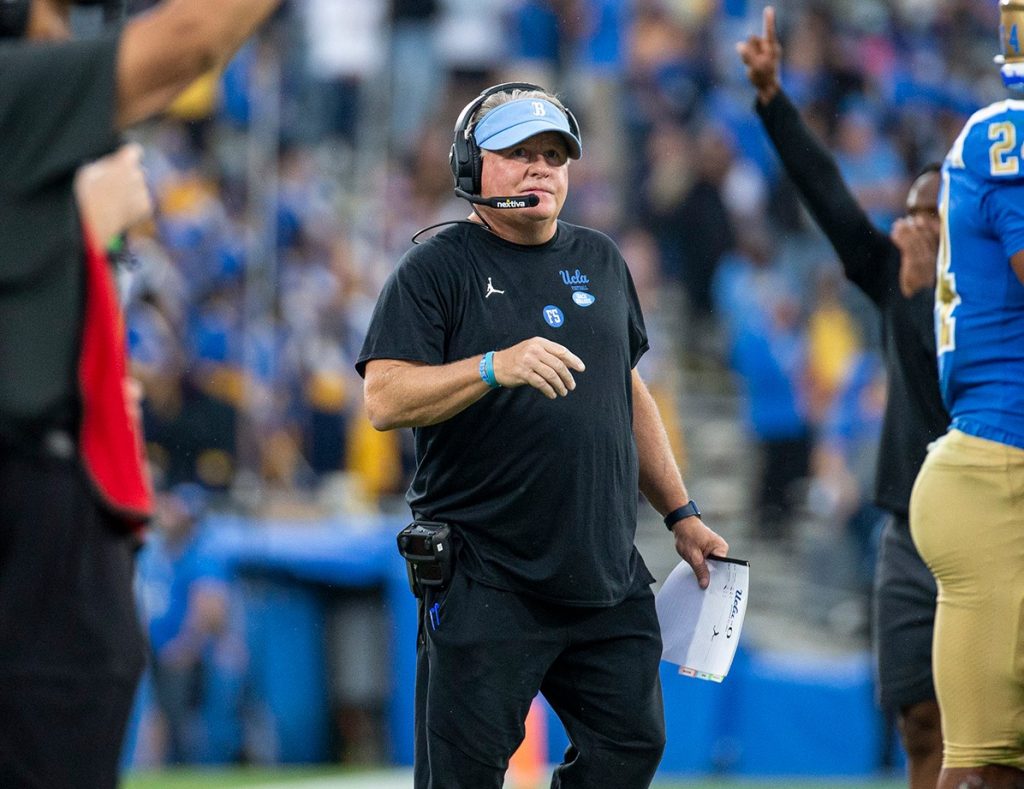Cap Annual Salary: The term “Cap Annual Salary” refers to the maximum limit on the total amount of salary that a team or organization can allocate to its players or employees within a specific period, typically a year. This concept is widely used in sports leagues, corporate organizations, and other sectors to ensure competitive balance, financial sustainability, and equitable compensation structures.
Origins Of Cap Annual Salary

Cap Annual Salary: Salary caps were first introduced in professional sports as a response to rising player salaries and increasing financial disparities among teams. The National Basketball Association (NBA) implemented one of the earliest salary caps in 1984 to level the playing field. Since then, salary caps have become a common feature in major sports leagues worldwide, including the NFL, NHL, and MLS, as well as in corporate settings.
Cap Annual Salary: Types Of Salary Caps
There are several variations of salary caps, depending on the league or organization:
Hard Cap: A strict limit that teams cannot exceed under any circumstances. Example: NHL.
Soft Cap: A limit that can be exceeded under specific conditions, such as signing veteran players or using exceptions. Example: NBA.
Luxury Tax Cap: Teams exceeding the salary cap must pay a tax, which is redistributed among other teams or used for league development. Example: MLB.
Key Features Of Cap Annual Salary
The implementation of a salary cap typically involves the following components:
Total Cap Limit: The maximum allowable expenditure on salaries.
Exceptions and Allowances: Specific conditions under which the cap can be exceeded.
Penalties for Breach: Fines, luxury taxes, or other consequences for exceeding the cap.
Adjustments and Revisions: Periodic adjustments based on revenue changes, inflation, or other economic factors.
Benefits Of Salary Caps
Salary caps offer several advantages, including:
Promoting Competitive Balance: By limiting spending, salary caps prevent wealthier teams from monopolizing talent, leading to more balanced and exciting competitions.
Encouraging Financial Discipline: Caps ensure that teams operate within their financial means, reducing the risk of bankruptcy or financial instability.
Enhancing Player Development: With restricted budgets, teams invest more in scouting and developing young talent.
Ensuring Fairness: Caps create a more equitable environment by preventing large disparities in player compensation.
Salary Caps In Major Sports Leagues

To illustrate the concept, let’s examine the cap annual salary structures of some prominent sports leagues:
| League | Cap Type | 2023 Cap Limit (USD) | Exceptions | Penalties for Breach |
|---|---|---|---|---|
| NBA | Soft Cap | $134 million | Mid-level, bi-annual exceptions | Luxury tax |
| NFL | Hard Cap | $224.8 million | None | Fines, loss of draft picks |
| NHL | Hard Cap | $83.5 million | None | Fines |
| MLB | Luxury Tax Cap | $233 million (threshold) | None | Luxury tax payments |
| MLS | Soft Cap | $5.21 million | Designated Player Rule | Allocation money reductions |
Corporate Applications Of Salary Caps
While commonly associated with sports, salary caps are also used in corporate environments to:
Control Payroll Expenses: Ensuring that employee compensation aligns with organizational revenue.
Maintain Equity: Preventing excessive disparities in pay among employees.
Foster Collaboration: Encouraging teamwork by reducing income-based hierarchies.
Example: Corporate Salary Bands
Corporate salary caps often take the form of salary bands or ranges, as shown below:
| Job Level | Salary Range (USD) | Cap Percentage Increase (Annual) |
|---|---|---|
| Entry-Level Employee | $40,000 – $60,000 | 3-5% |
| Mid-Level Manager | $70,000 – $120,000 | 5-7% |
| Senior Executive | $150,000 – $300,000 | 7-10% |
Challenges And Criticisms Of Salary Caps

Despite their benefits, salary caps face several challenges:
Restricting Earning Potential: Caps limit how much top performers can earn, potentially driving them to other markets or leagues.
Complex Rules: The intricacies of cap structures, especially with exceptions, can confuse teams and fans.
Legal Disputes: Caps may lead to disputes between players’ unions and league management, as seen in collective bargaining agreements.
Impact on Small Markets: Teams in smaller markets may struggle to attract talent even with salary caps in place.
The Future Of Salary Caps
The evolution of salary caps will likely involve:
Increased Flexibility: Allowing more exceptions or dynamic caps based on team performance or revenue.
Data-Driven Adjustments: Using advanced analytics to set caps that reflect market trends and economic conditions.
Global Integration: Adapting caps for leagues with international players to account for currency differences and tax systems.
Case Study: NBA’s Salary Cap Evolution

The NBA’s salary cap provides an excellent example of how caps evolve over time:
| Year | Cap Limit (USD) | Change from Previous Year | Reason for Change |
|---|---|---|---|
| 2015 | $70 million | +7.1% | Revenue growth |
| 2016 | $94.1 million | +34.4% | New TV deal |
| 2020 | $109.1 million | +6% | Incremental revenue growth |
| 2023 | $134 million | +22.8% | Post-pandemic recovery |
Cap Annual Salary: The concept of a cap annual salary is a powerful tool for ensuring balance and sustainability in competitive environments. Whether in sports leagues or corporate organizations, salary caps promote fairness, financial discipline, and strategic planning. However, they also come with challenges that require ongoing innovation and adaptation. As industries evolve, the principles behind salary caps will continue to shape how talent is compensated, ensuring a level playing field for all participants.
